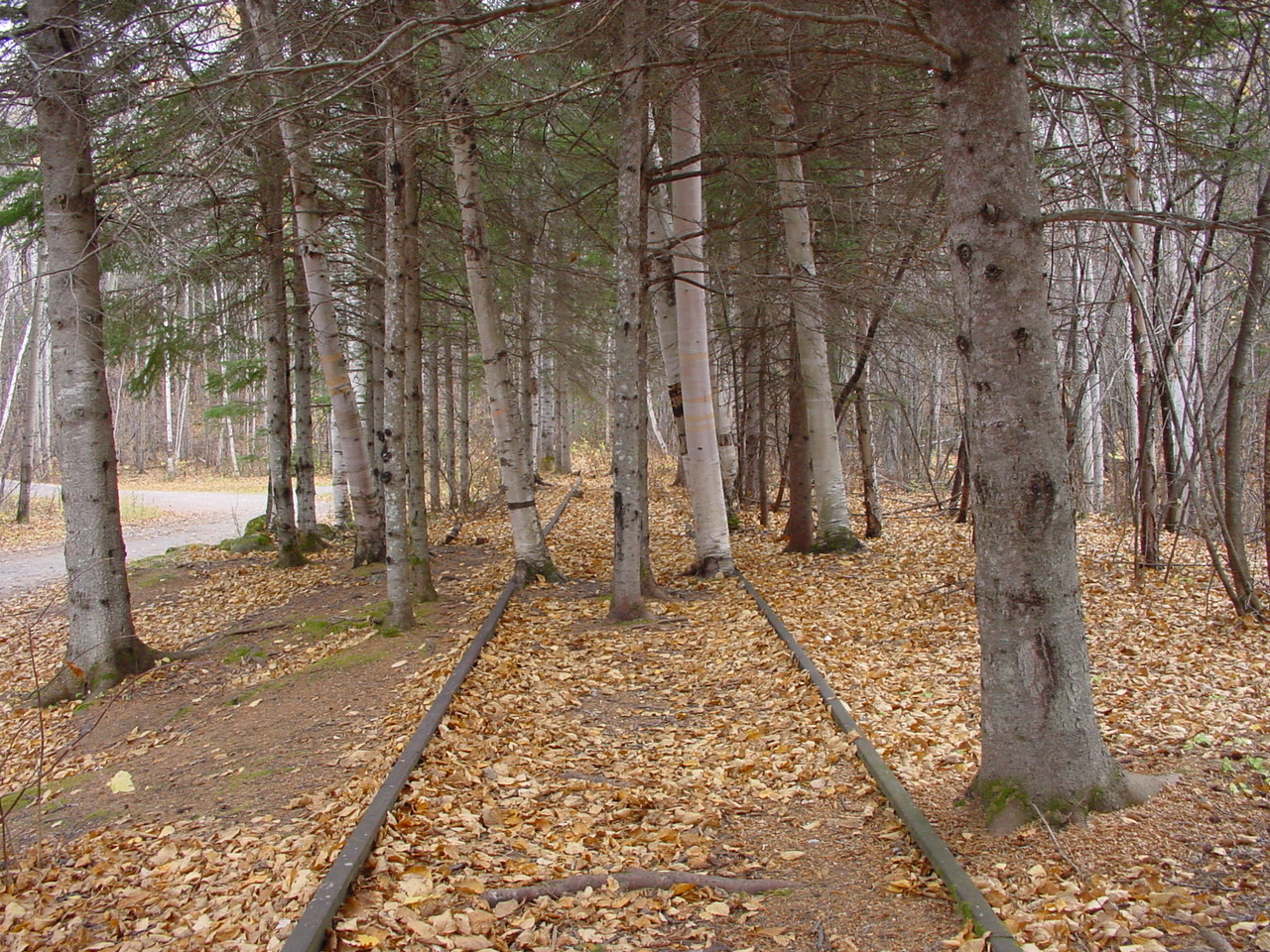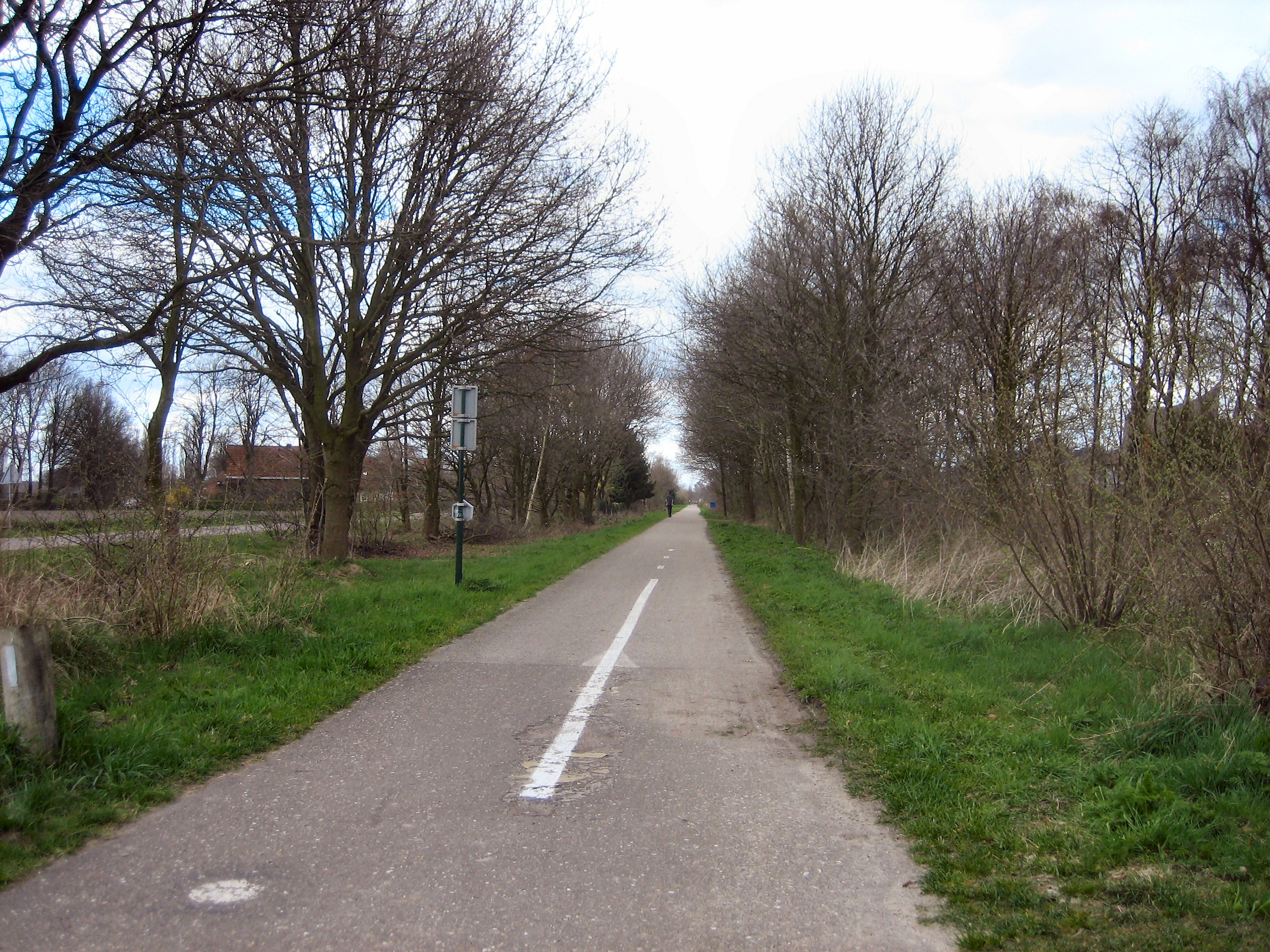Many cities have old tram lines or railway tracks that are no longer used, because they have become unprofitable, or have ended up in the wrong place. If these old tracks are developed as green infrastructure corridors, they will help with the maintenance of the natural fabric of the city.One of the most exciting urban developments of this genre that I came across last year was the High Line in New York: An old, disused high-level railway line that has been transformed into a park-on-stilts. The website explains that it is very popular with local residents and business folk alike, who use it during lunch breaks or for an evening stroll above the hustle-bustle of the city.
A few days ago, I read a story in the Guardian Weekly with a reference to a very similar idea in Paris: “la promenade plantée”. This is a raised park that follows the old Vincennes Railway in the centre of the city. The main story in the Guardian Weekly article is about the big debate over what to do with the circular railway around the centre of Paris – the Petite Ceinture, which is no longer in use. There are various options ranging from restoring the tracks to leaving the area as a wildlife reserve. Walking and/or cycling paths are other potential uses of the former railway line.
Outside cities, there are equally good examples of use the old tracks for walking or cycle paths, and there are many in The Netherlands and Belgium. I remember that in my youth there was a goods train service between Tilburg in the Netherlands (where I lived) to Turnhout in northern Belgium. This was called the Belgian tracks (Bels Lijntje). The last official train used the track in 1973, although there were still tourist steam trains between Tilburg and the border for another ten years. Now, the old railway track is a bicycle path, as you can see on the following photo from Wikipedia:
More recently, I was on the nice cycle path along the River Avon from Bristol to Bath in the UK. The “Bristol & Bath Railway Path” was constructed on the track bed of the former Midland Railway which closed for passenger traffic at the end of the 1960s.
I like the following photo to end this short story about disused railway lines. It was one of the entries for the biodiversity picture contest of the french company Eiffage. The author of this great photo is Eric Caillon, and he calls it “when nature takes back its rights”.

photo by Eric Caillon (2006) for Eiffage picture contest.


0 comments
Write a comment